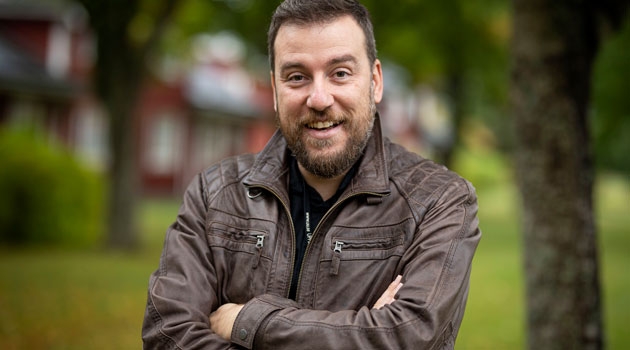Collaboration model to deal with crises
During the pandemic, UU Innovation is testing “MAYday for Crisis”, a new collaboration model for starting projects to manage the crisis. The MAYday for Crisis collaboration model is designed to quickly connect both researchers and external parties involved in projects to help society deal with crises.
The first test of MAYday for Crisis naturally focuses on COVID-19. So far, more than 130 researchers from all three disciplinary research domains have expressed interest in collaborating on various projects linked to COVID-19, but more researchers are welcome to participate.
Researchers interested in MAYday for Crisis can begin by indicating the areas of interest to them.
“The idea is to link together various researchers’ competencies to stimulate interdisciplinary collaborations,” says Harris Stamatopoulos, collaboration manager at UU Innovation.
Areas of interest
They are group based on the areas of interest that the researchers list. In the case of the COVID-19 crisis, 16 groups have been formed, including
- medicine and health care;
- technological development;
- social structure;
- communications and media.
Organisations, public authorities, and companies are then invited to talk about their needs and interests. In the current MAYday for Crisis initiative focused on COVID-19, more than 40 project proposals have come together, including:
- development of digital skills for health care staff;
- migration, work environment, and labour legislation associated with crises;
- a remote control platform for prenatal care.
External stakeholders are welcome
At the time of writing, 10 projects have progressed to the point where they have connected with external participants.
“All external stakeholders are welcome to join: the private sector, non-profits, the public sector, and other higher education institutions. All societal organisations that face challenges related to the pandemic and that need a research perspective can contact us. This will continue to be the case and not only during the pandemic, but also for any future crisis or societal challenge”, says Harris Stamatopoulos.
Greasing the wheels to get started
After a project has been formed, the next question is, of course, how to finance a collaboration and project.
“UU Innovation has access to somewhat different forms of financing as a way of greasing the wheels: start-up funds to get the ball rolling, to formulate projects, and to find other types of financing”, says Harris Stamatopoulos.
“When the pandemic started, we saw it as an opportunity to try this type of platform to see if it is a good way to quickly start collaborations and projects when a crisis occurs.”
UU Innovation plans to evaluate MAYday for Crisis at the turn of the year.
“So far it has worked very well, and we would like to develop the model further so that it can be used quickly in different types of global, regional, and local crises. This way of quickly reacting in crises enables Uppsala University to play an active role in society. With its broad and fantastic research expertise, the University can be of great benefit in dealing with global crises and challenges”, says Harris Stamatopoulos.
Anders Berndt

